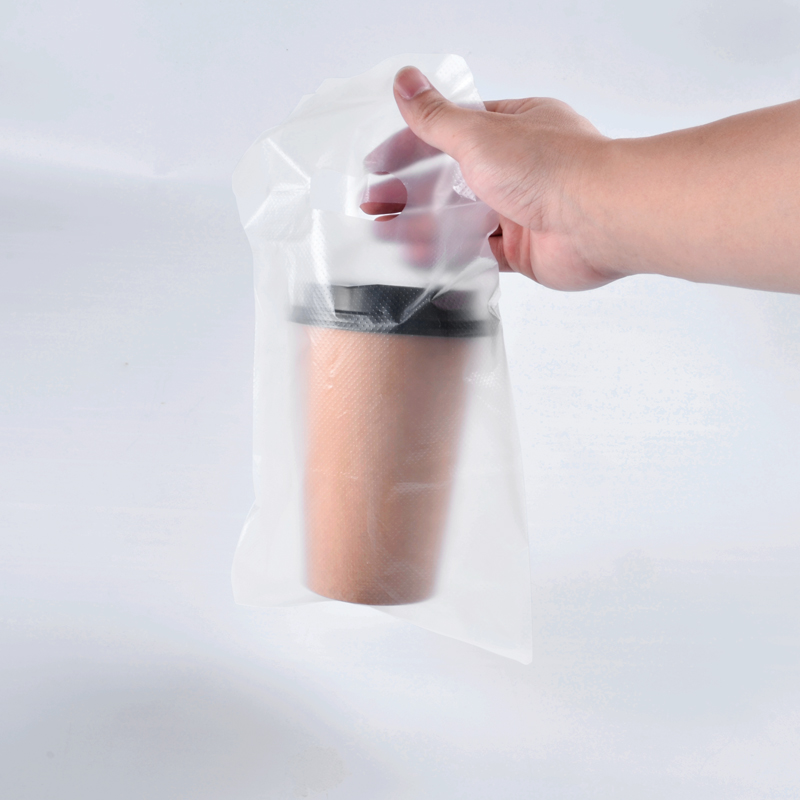The first plastic material was created by Alexander Parkes, an English inventor, in 1856. He called it Parkesine, and it was made from cellulose, a natural polymer found in plants. Parkesine was the first plastic to be created from a synthetic material and was used in a variety of applications, including as a substitute for ivory in billiard balls, combs, and other items.
In the early 1900s, Leo Hendrik Baekeland, a Belgian-American chemist, developed a synthetic polymer called Bakelite, which was the first plastic to be made from petrochemicals. Bakelite was a thermosetting plastic that was used in a variety of products, including electrical insulators, telephones, and jewelry.
In the years following Baekeland’s discovery, many other types of plastic materials were developed, including polyethylene, polystyrene, and PVC (polyvinyl chloride). These materials revolutionized manufacturing and opened up new possibilities for designers and engineers, leading to the development of new products and technologies.
Today, plastic materials are ubiquitous in modern society, used in everything from food packaging to medical devices to electronics. While there are concerns about the environmental impact of plastic waste, the versatility and convenience of plastic materials have made them an integral part of our daily lives.


